A Visit to Bran Castle …
… or is it Dracula’s Castle?
Thanks to Irish writer Bram Stoker and his 1897 novel Dracula, the land of Transylvania is indelibly linked to the legend of the fictional Count Dracula. And each year, more than 500,000 vampire-curious people journey to the land of Transylvania, now part of Romania, to tour Bran Castle, an old Saxon fortress that’s billed as “Dracula’s Castle.”
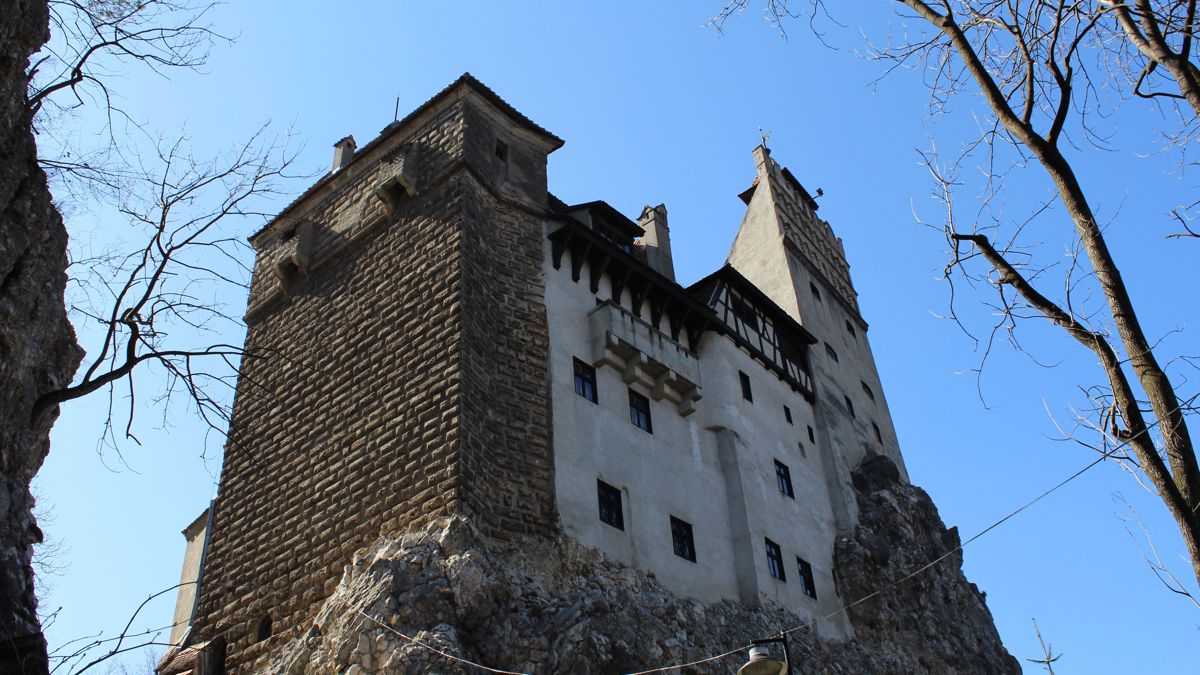
Most people know that the inspiration for Stoker’s Count Dracula was Vlad III Dracula, a Wallachian prince best known for his penchant of impaling those who dared to commit crimes in his lands, a habit which earned him the nickname Vlad Tepes (Vlad “the Impaler”).
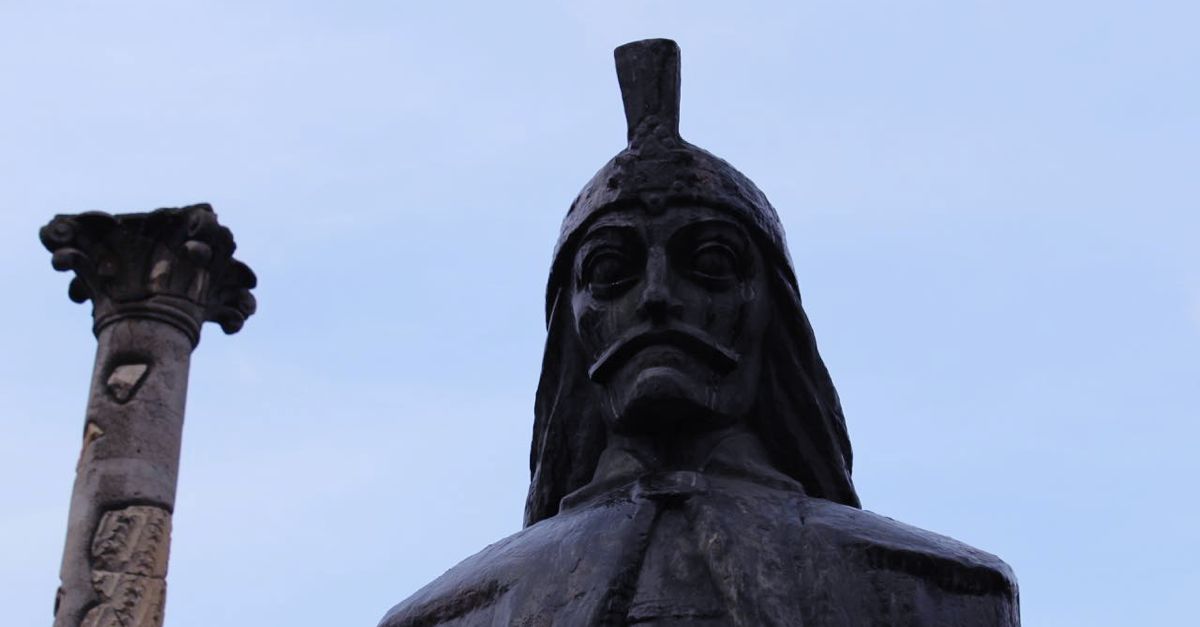
Vlad ruled Wallachia (but not Transylvania) three different times (the history of Romania makes the political upheavals in Game of Thrones look tame by comparison) and is considered a national hero for keeping the Ottoman Turks from invading the land. There’s a bit of mystery surrounding the life of Vlad Dracula, but there’s definitely one thing that he never did… and that’s live in Bran Castle.

Bran Castle sits in Bran Pass, a narrow passage through the Carpathian Mountains, on the border between Transylvania and Wallachia, and has almost nothing to do with Dracula–either the fictional count or the real-life prince.
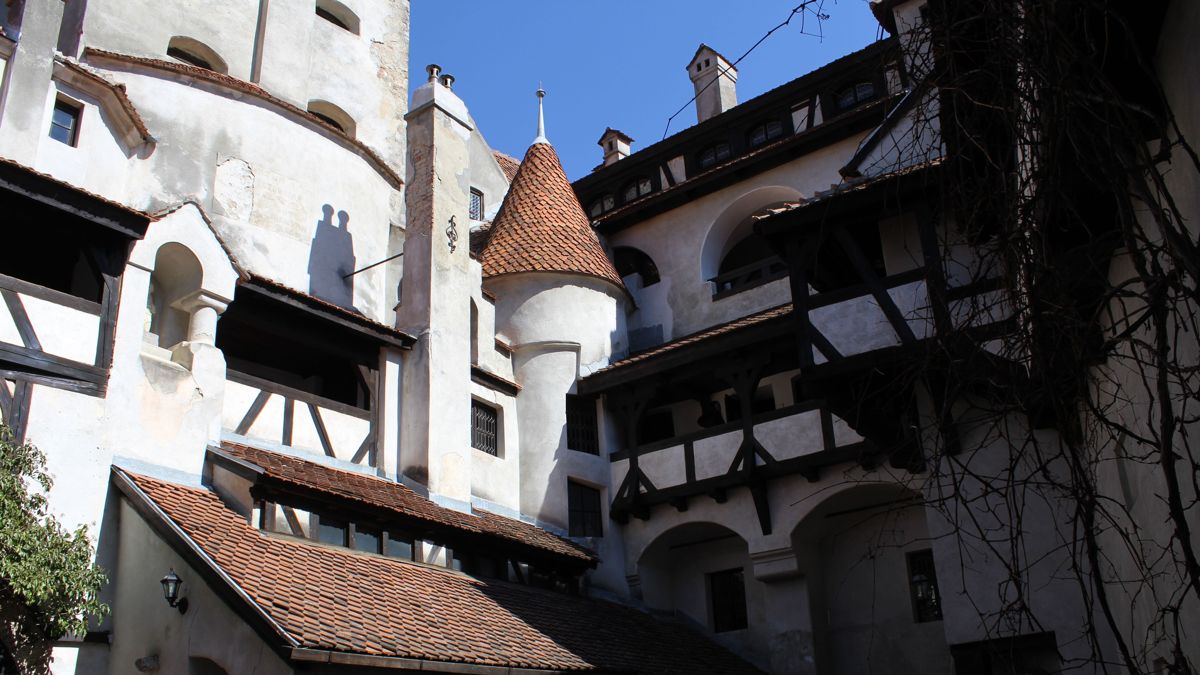
So how did this castle come to be associated with one of the most famous horror novels in history? As it was described to us, Bran Castle is said to be the Transylvanian castle that most typifies Stoker’s sparse descriptions of the castle in the novel. Pretty thin stuff, to be sure, especially since there’s some debate about whether Stoker even visited the place. But even though it’s connection to Dracula is tenuous at best, it’s still a real medieval castle complete with towers, winding steps, weapons hanging on the walls, and secret passages.

Bran Castle was built as a military fortress and no one lived there until it became a royal residence in 1920. Romania’s Queen Marie loved the castle and, along with her daughter Princess Ileana, spent much of her vacation time there during the interwar period (the twenty years between the end of World War I and the beginning of World War II).
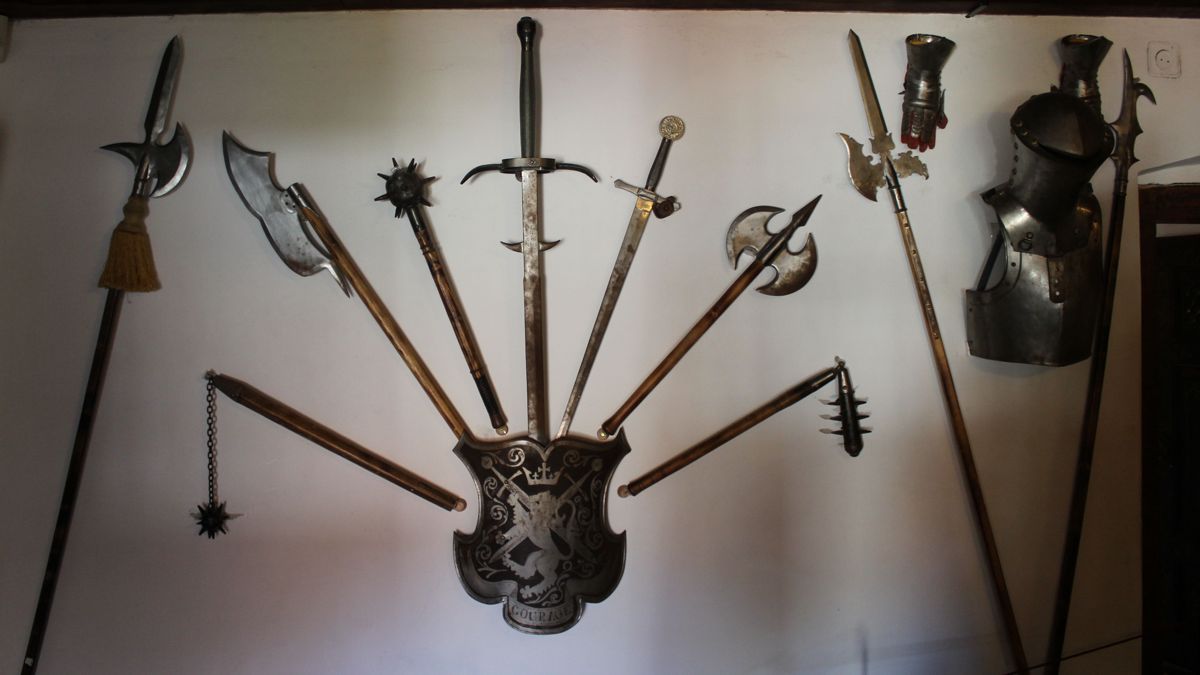
As a result, today most of the rooms of the castle are set up to look like they did during the time when Queen Marie and, on occasion, King Ferdinand would spend time relaxing inside the safety of Bran Castle’s walls.

To be fair, there is a room on the top of the castle that goes into quite a bit of detail about the history of Vlad III Dracula, including his mysterious death, and how he came to be associated with Stoker’s novel. But apart from this, the real draw of Bran Castle is being able to explore a real, preserved Saxon castle. We had a great time poking around its nooks and crannies and learning about its place in Romanian history.
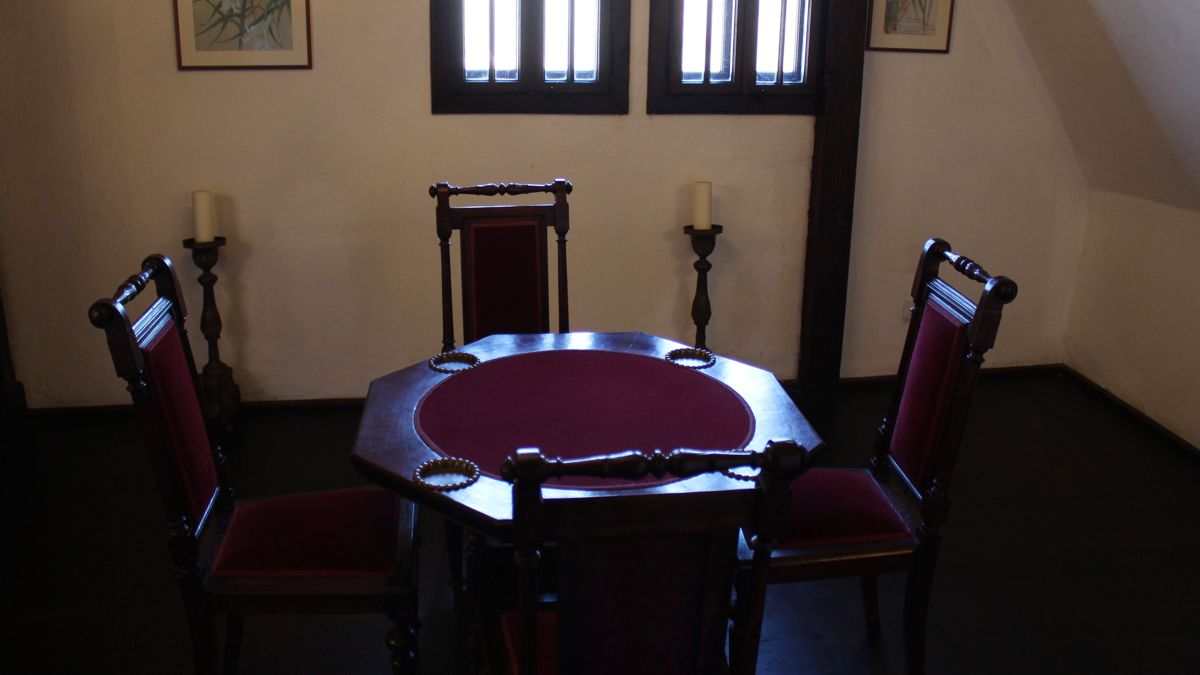
Bran Castle has only been a tourist attraction since 2009, a short time after ownership was returned to the heirs of the royal family (who were kicked out the country at the start or Romania’s communist era that ran from 1945 until 1989–Romania has had a very turbulent recent past). And now it’s supposedly up for sale, so if you’re in the market for a medieval castle, this one will only run you a cool $80 million.
Sighi?oara
A Traditional Saxon Village
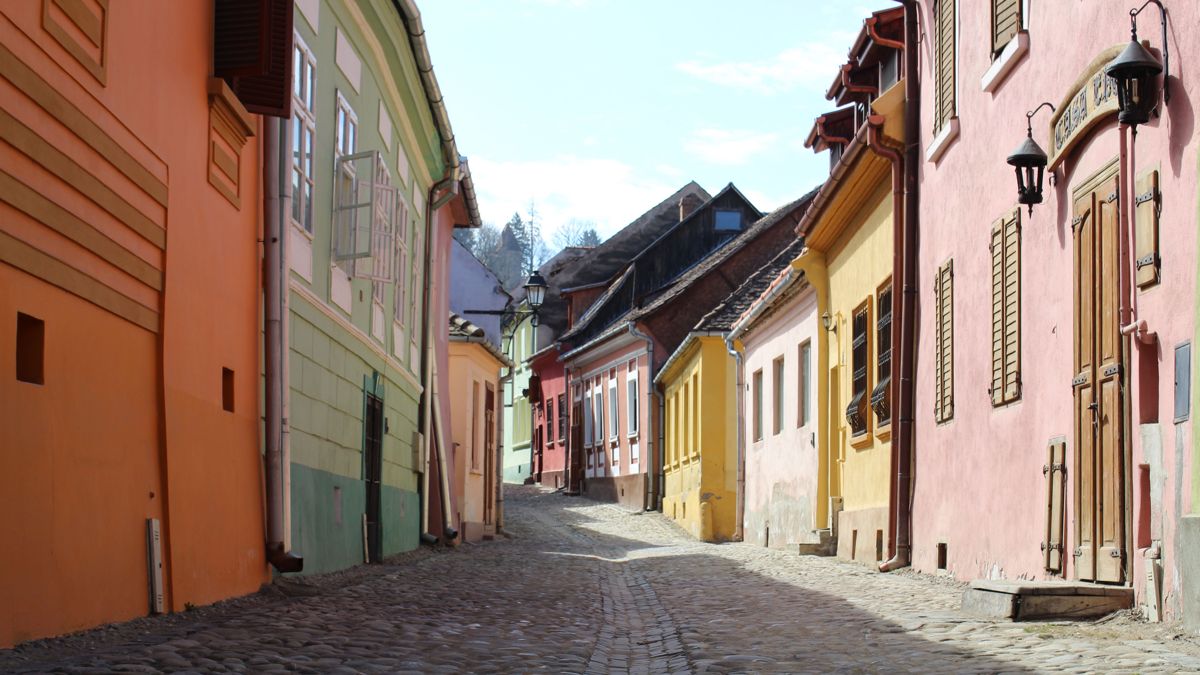
No Dracula visit to Transylvania is complete without a visit to Sighisoara (pronouned sigi-shwara), a small Transylvania town about 60 miles northwest of Castle Bran as the bat flies. Sighisoara is notable for being the oldest fortified medieval village that is still inhabited (for which it’s been listed as a UNESCO World Heritage Site). And although Vlad Dracula has nothing to do with Bran Castle, he does have a little bit to do with Sighisoara. He was born there.
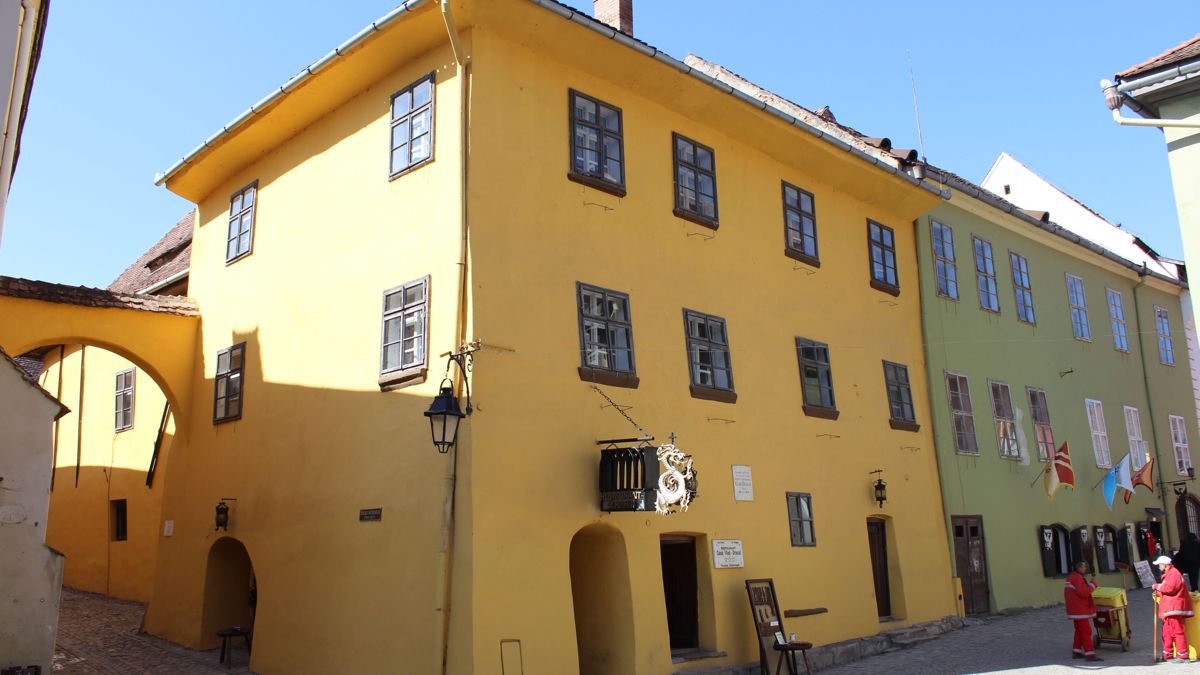
The house where Vlad was born is right near the middle of town, clearly marked and painted a bright yellow, and inside the actual room where Vlad was born is now a small shrine to the Wallachian prince. And for 5 Romanian lei (about $1.25), you can visit it. So we did. The two-room showcase is totally over the top with harsh red lighting, spooky music, and even Dracula himself rising from a coffin. It’s decorated with no fewer than four busts of Vlad as well as a painting of some of his impaled victims.
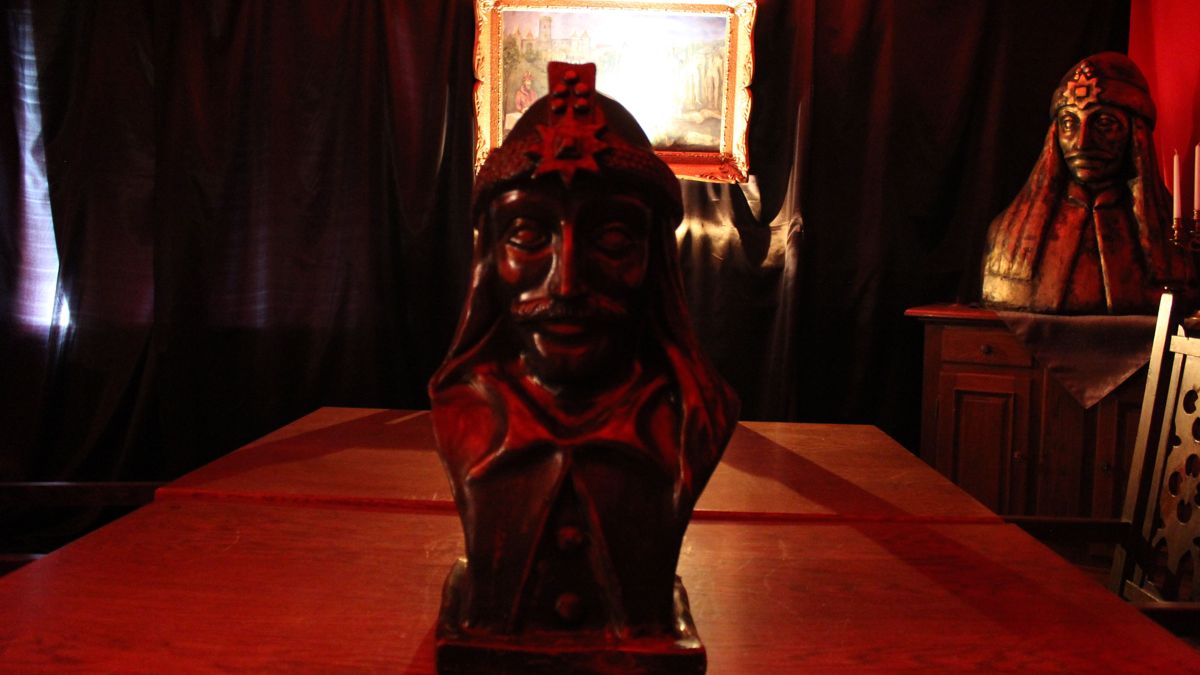
In short, it’s really just a typical tourist trap dressed up in vampire’s clothing. It’s pretty much what we were expecting, so we didn’t mourn the loss of our $5.00 too much.
But the town of Sighisoara is a great place to go exploring and see how a medieval fortified village was set up. The city wall is still mostly intact, and five of the original seven watchtowers are still standing. There’s even a classic clock tower in the center of town that chimes every fifteen minutes.
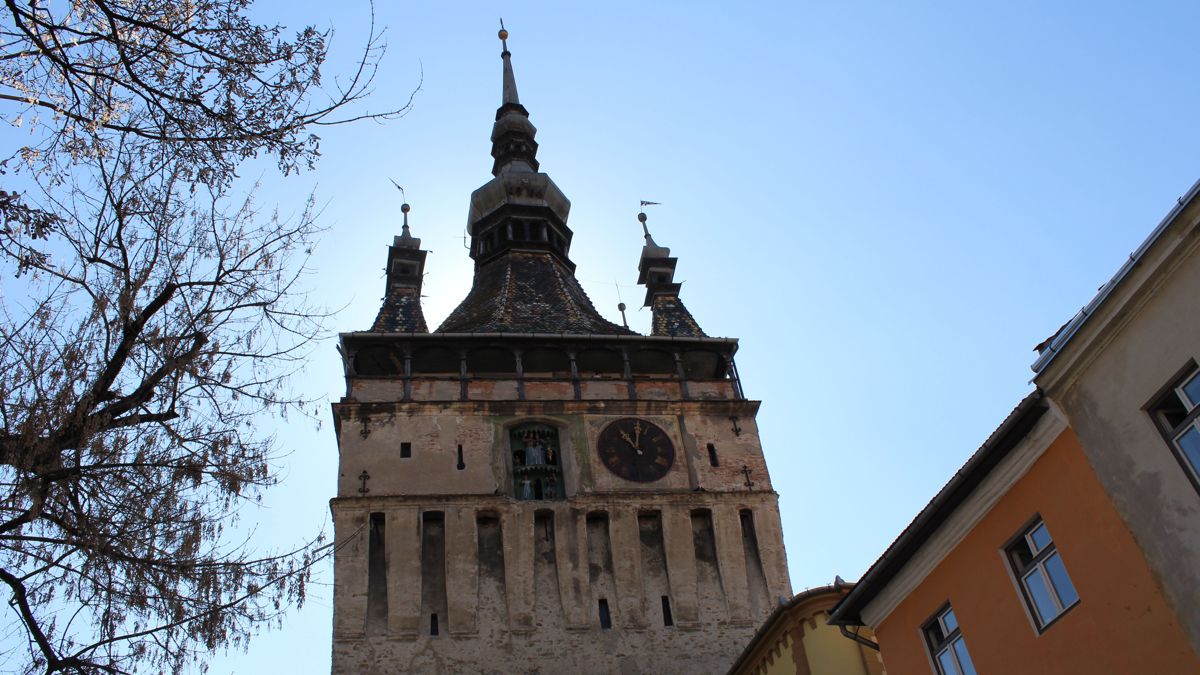
Although neither of these two places really had all that much to do with Dracula, they were still fascinating places to visit for anyone interested in castles and medieval history. So if you find yourself going to Romania (maybe for the upcoming Dracula Festival in May), both Bran Castle and the town of Sighisoara are worth a visit. Just don’t expect to get much Dracula.
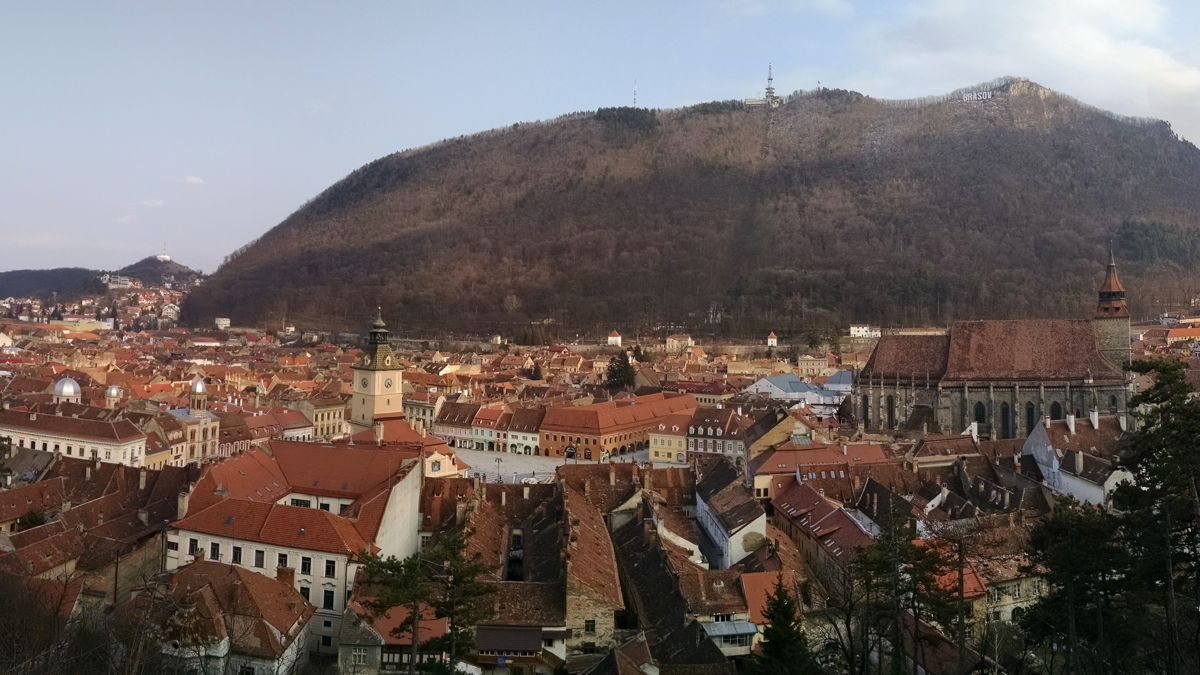
And if medieval villages are your thing, there are plenty of other fortresses in the area (that aren’t tangentially related to Dracula) worth visiting, like Rasnov Citadel, a number of medieval villages with fortified churches (which are also UNESCO World Heritage sites), and even Brasov, the capital of Transylvania, which was a really great town to explore.
All photos by the author.



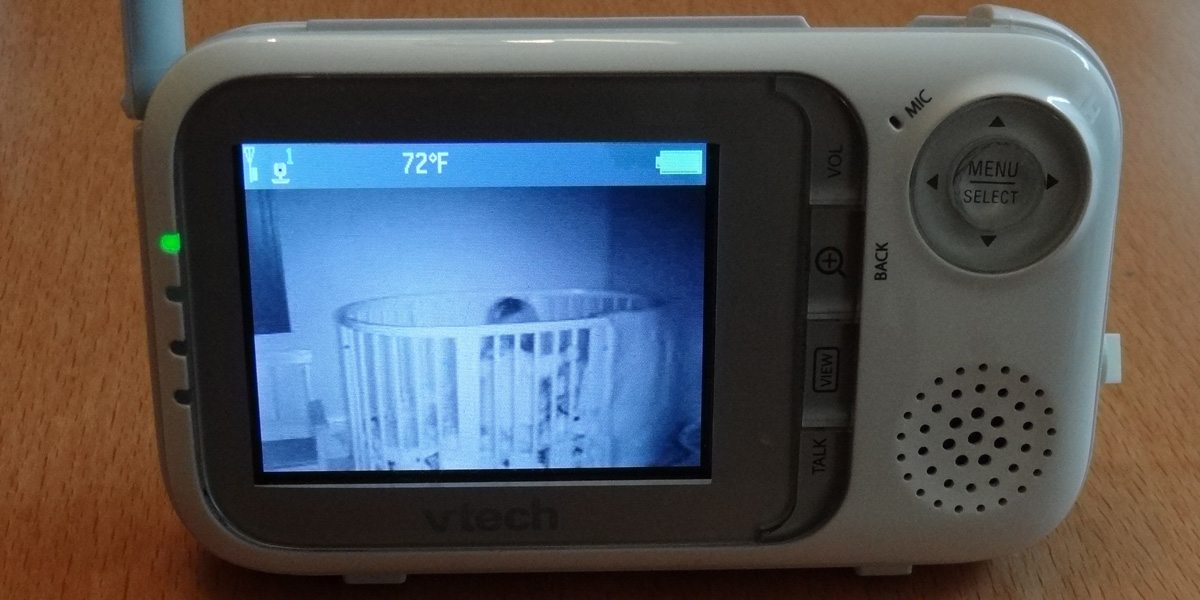
Great post. I loved the photos! I agree, the showcase in the house where Vlad was born is DEFINITELY over the top! Still, a great thing to experience in Romania.
I like the photos of the insides of the royal family’s castle. In fact, it’s a great reminder that even royalty used to live in small quarters. The stairway down to the library is especially narrow. But I would love to descend into its crevasse if it meant I would have some quiet reading time!